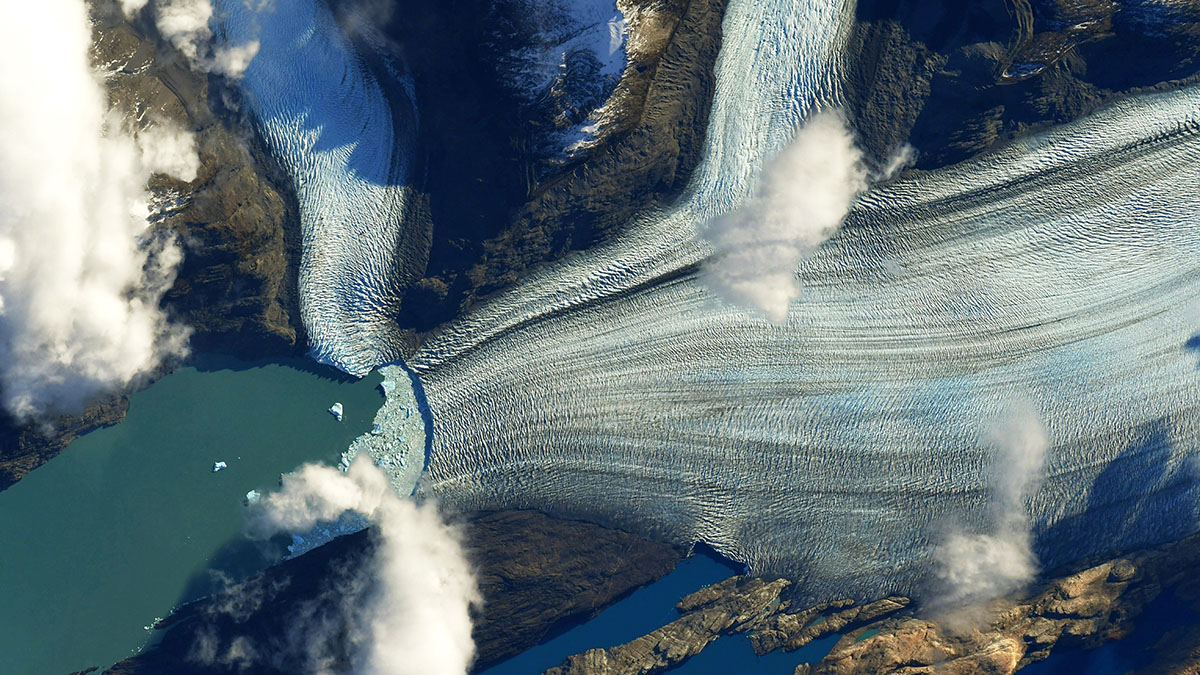HERE’S HOW TO DO IT.
A climate report is launched: how to report on it?
Climate reports can be overwhelming. They are stuffed with data that is thrown at journalists often at times when these have competing obligations to fulfill. Here’s a guide on how to maximize the value of reports for your audience using a constructive climate lens.
By Tais Gadea Lara, in collaboration with Kristian Elster
Reports are one of the main sources of information for climate coverage. They offer us the most up-to-date findings on the state of the climate, they show us the incidence of climate change in extreme weather events, and above all, they show us which actions we should promote or which we should stop taking as soon as possible.
In recent years, the moment of the release of reports has become news itself. A most recent example of this was the expectation generated around the separate publication of the three reports of the Intergovernmental Panel on Climate Change (IPCC) in 2021 and 2022.
According to the Media and Climate Change Observatory’s monitoring, “the overwhelming majority of scientific-related climate change coverage” in August 2021 was devoted to the release of the report from the IPCC’s first working group on the physical science basis. The scientific report starred on the front pages of newspapers around the world, from El Mercurio in Chile to The Guardian in the United Kingdom. The same situation—with less coverage—was repeated a year later with the launches of the reports of the second and third working group on impacts, adaptation and vulnerability, and mitigation, respectively.
The launch of a report provides a reason to communicate about climate change to audiences. How to make the most of that opportunity and not scare away audiences in the attempt? The following series of questions—and recommendations—will help you from a constructive climate perspective.
When is the report going to be published?
Most organizations provide reports in advance so that journalists have enough time to read and analyze them. They do it, but under embargo; that is: you cannot post about the material until the specified date and time.
To access the reports in advance, it’s key to be in contact with the communication and press teams of the organizations, and to be aware of the publication dates. Very important: respect the embargo.
Some of the main reports on climate change come from:
For what or why is the report published?
It is not pleasant for newsrooms that prior to the meeting of governments at a climate conference, usually numerous and different reports are published. Why does this happen? Reports have the goal of providing updated scientific and/or analytical information to the public, but above all to help decision-makers to decide based on science.
An example was the report that the Intergovernmental Science-Policy Platform on Biodiversity and Ecosystem Services (IPBES)—the “cousin” of the IPCC on biodiversity issues—published in October of 2020 as a call to change our relationship with nature to avoid future pandemics, and which Mongabay covered as “a report that details path to exit current pandemic era”.
Understanding the moment chosen for its publication and the context in which a report is released is essential to identify the aspects in which to deepen the coverage.
On what aspects of the report should we focus the coverage?
A report covers many aspects (and numerous pages to read), something that is not compatible with the resources, times and spaces of journalism. It’s necessary to select topics based on the type of media, the audience we are addressing and the section of our publication.
The press release or summary that accompanies each release can be a first guide to identify the most important contributions, but coverage should not be strictly limited to this selection.
For example, the press summary of the IPCC report on impacts, adaptation and vulnerability in February of 2022 focused attention on “climate change as a threat to human well-being and the health of the planet”. The media outlet Carbon Brief originally focused its coverage on the IPCC’s inclusion of the impact of climate change on mental health for the first time.
What does the report tell us beyond the crisis?
The first thing one usually sees in the reports are the alerts and warnings. But fortunately, we are not yet in a situation in which nothing can be done about climate change. On the contrary: action is necessary, and possible. Reports offer us information about actions that are not working, those that have had positive impacts, and those multiple others that need urgent attention.
UNEP’s Making peace with nature report is a good example of this: it dedicates a detailed elaboration of what everyone – from governments to the private sector, from individuals to the media – can (should) do in the face of the triple planetary crisis of pollution, climate change, and biodiversity loss. Journalists can cover the opportunities and challenges that each of these actions poses for the region, the country, and the community of the audience.
How to humanize data?
Reports abound with data and behind every piece of data there are human stories. Behind a 2°C warming scenario are people who will be more exposed to more intense heat waves. How could they adapt better? Behind a figure with many numbers of climate migrants, there are people who will be forced to change their lives forever. What policies are needed to address the situation fairly?
It’s important to make this data visible with the technical precision it deserves, but also with the human representation it means.
Stories that invite interaction with the audience are a creative and useful way to connect them with information that, otherwise, could be lost among numbers that are impossible to count or scenarios that are difficult to project in the complexity of present everyday life. The New York Times made an interesting example with an invitation to the readers to learn how much hotter is their hometown than when they were born.
How to take advantage of multimedia journalism?
One of the ways to bring the complexity and distance of reports closer is by making strategic use of different communication modalities (text, infographics, audio, video) and of creative narratives.
NRK implemented creative coverage after the publication of the IPCC report in 2021 and presented the weather report but focusing on what—under new scientific information—it would look like in 2050.
Who to interview about the report?
There is a whole special section in this guideline on how to contact and work with sources. In the case of the launch of a report, we would add: try to speak with one or some of its authors, complement with regional experts, delve into the reception of the report by other actors (such as decision makers, civil society, representatives of the private sector).
What to do with the report after its release?
Many times, media and journalists feel the pressure of having to cover all of the report on the day of its release or at least during that week. Truth is that from the moment of its launch, that report becomes a valuable source to be consulted every time a reporter works on related stories. When going through long reports, it is good advice to take note of specific issues that can be revisited later. Some digital tools can be useful for storing and organizing documents or links to them.
Menu



